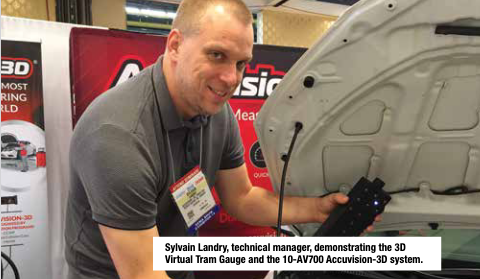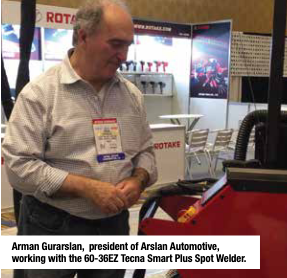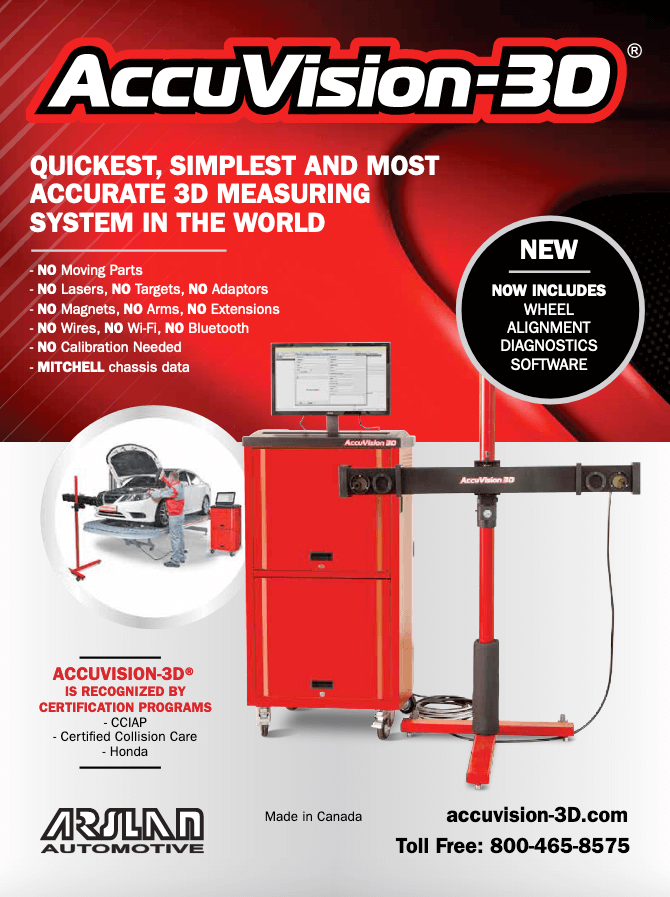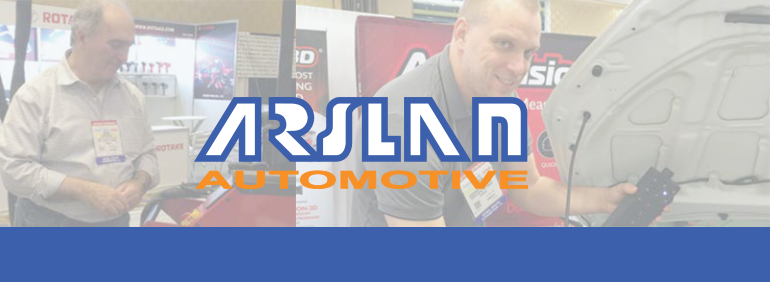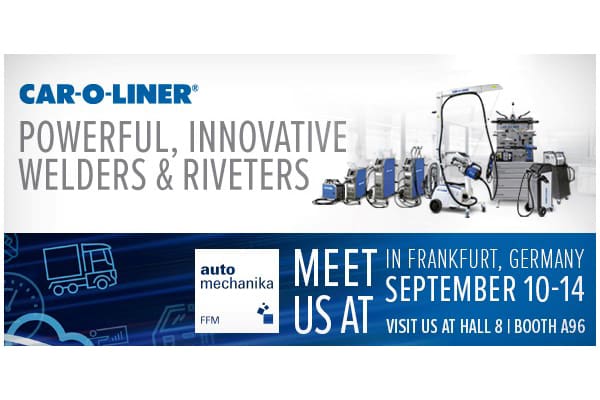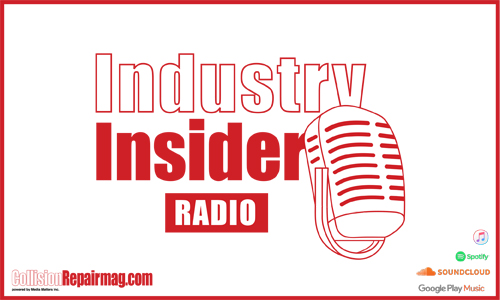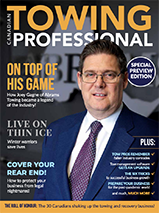With the complexity of today’s vehicles, it takes a highly skilled technician with advanced tools to perform repairs. Today’s vehicles have technology that help drivers avoid drifting into adjacent lanes or making unsafe lane changes, warn drivers of vehicles behind them when they are backing up, or that brake automatically if a vehicle ahead stops or slows suddenly or adaptative cruise control that adapts sped to traffic flow, among other things. These technologies use a combination of hardware (sensors, cameras and radar) and software to help identify safety risks and warn the driver to avoid a crash. it is thus really important that we make sure every component is assembled per original factory location during repairs.
I strongly recommend measuring both ends of the vehicle, even if they don’t physically appear to be damaged. This will confirm that the ends are, in fact, undamaged or that transfer of damage has occurred.
All vehicles in your estimating bay should be 100% measured in 3D to make sure that structural control points are within the OEM-specified tolerances. Modern vehicles have really complex structures and assembled with different types of materials, material strengths and tighter control point tolerances. Each component has to be within a few millimetres of OEM specification upon repair. A slight misalignment of control points can affect readings of sensors, cameras and radar that can lead to accidents. A 3D pre-scan (blueprinting) will not only ensure the proper repair planning but will also eliminate any guesswork. Furthermore, it is a must for liability issues that you document the work to be done. After any repair, remeasure and document the post-repair state of the vehicle for the protection of the shop and you, the technician. Needless to say, you must follow the OEM repair procedures to the letter for each repair.
Every vehicle should be also scanned with an OBD2 scanner and if required recalibrated to ensure proper function of driving aids. With that proper produced documentation, your technician will have a better picture of the damage analysis of the vehicle. The technician will repair the car more effectively following the OEM repair manual. After the repair, the 3D post-repair scan will prove that the vehicle has been repaired within OEM tolerances.
THE IMPORTANCE OF TRAINING.
When a shop has a well-trained team that ultimately leads to a more profitable and efficient work environment.
Training offers companies an effective way to invest in their employees. When employees feel their employers are interested in their success, they feel more engaged in their jobs. In this way, training leads to a more positive work environment and happier employees. When technicians are not well trained, they tend to make more mistakes that cost the shop money. Well-trained technicians make fewer mistakes and deliver a better final product to your customers.
Arslan Automotive Canada offers free on-site training with the purchase of AccuVision-3D measuring system, TECNA Spot Welders, FIMER Pulse MIG welders, and dent repair systems. arslanauto.com.
